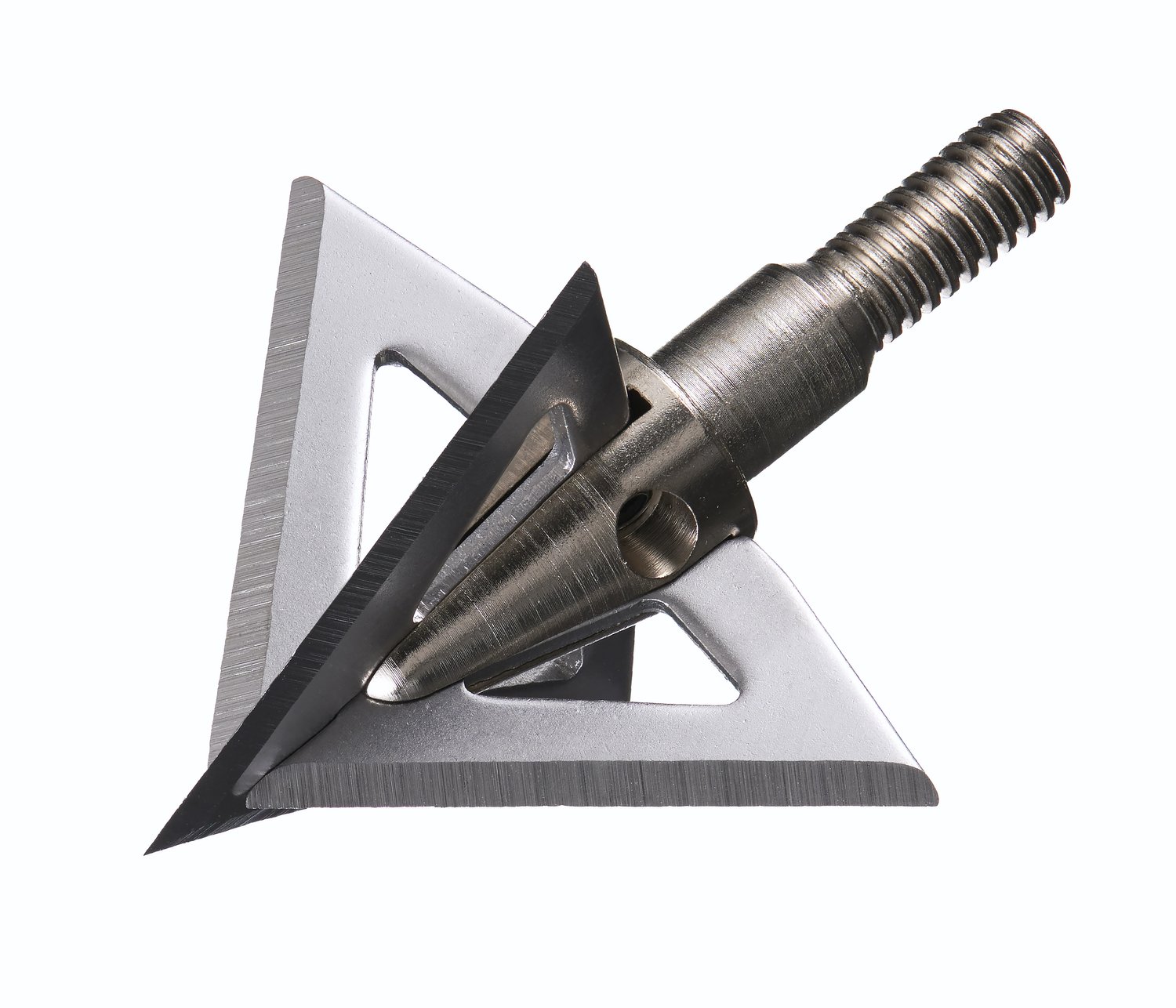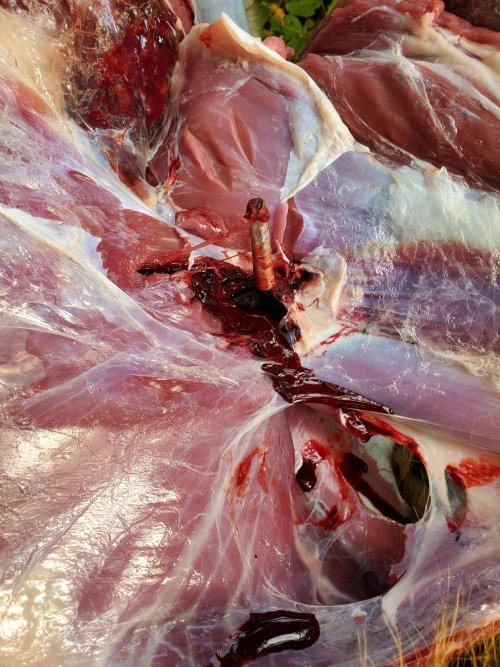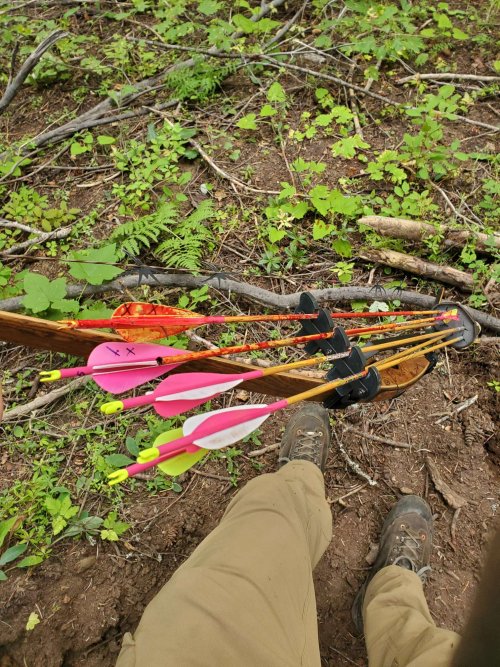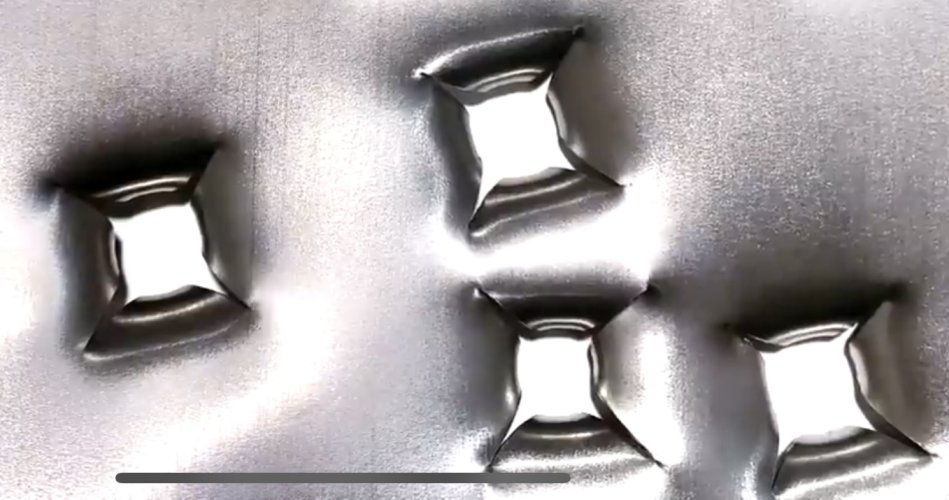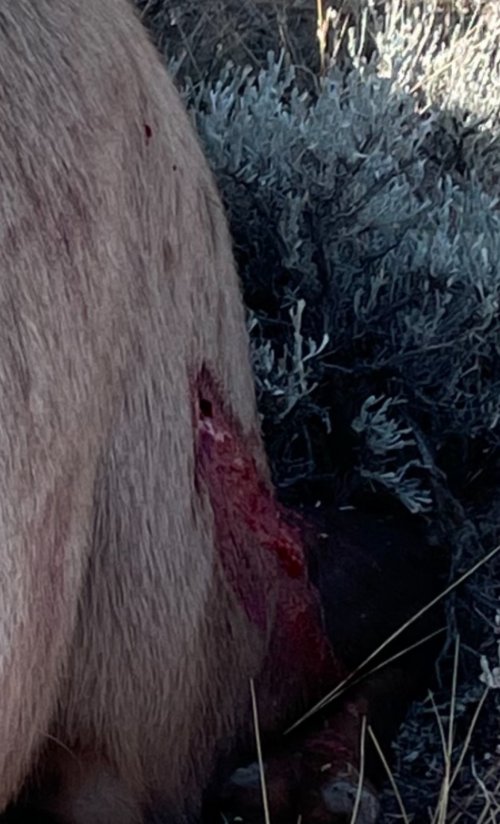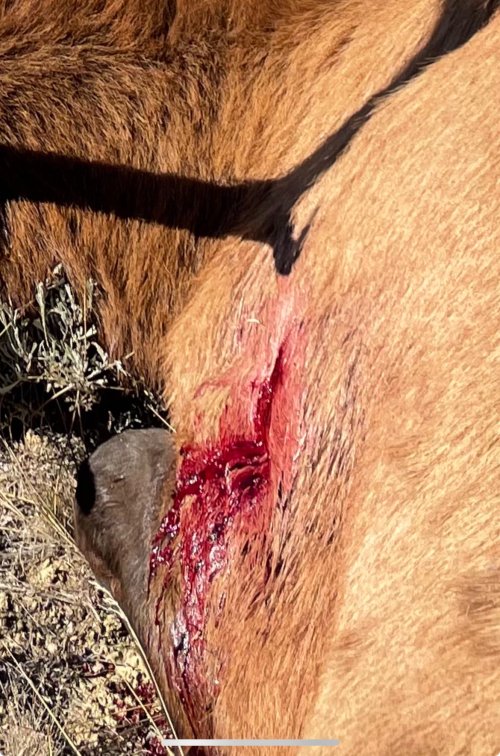T
ThunderNocked
Guest
@TrumpkinTheDwarf you aren't wrong.
I liked the idea of a two blade so I can sharpen it the same way I can my knives. Seems like a good way to maintain my equipment a little better and I already strop most of my Convex Blades. If they made a Convex Edge I would get it but it doesn't seem like they make one.
So I figured at least with the single bevel I can Strop better/easier so that I can sharpen and maintain.
I do think some broadheads are better - I don't like my OCD Bloodtherapys though so want to get something new. If I got a single I'll look for a model with a bleeder probably.
I also like the Cutthroat because I've only ever caught one and that fella fought like a Steelhead - I thought I had a Coho Salmon on the line.
I liked the idea of a two blade so I can sharpen it the same way I can my knives. Seems like a good way to maintain my equipment a little better and I already strop most of my Convex Blades. If they made a Convex Edge I would get it but it doesn't seem like they make one.
So I figured at least with the single bevel I can Strop better/easier so that I can sharpen and maintain.
I do think some broadheads are better - I don't like my OCD Bloodtherapys though so want to get something new. If I got a single I'll look for a model with a bleeder probably.
I also like the Cutthroat because I've only ever caught one and that fella fought like a Steelhead - I thought I had a Coho Salmon on the line.




